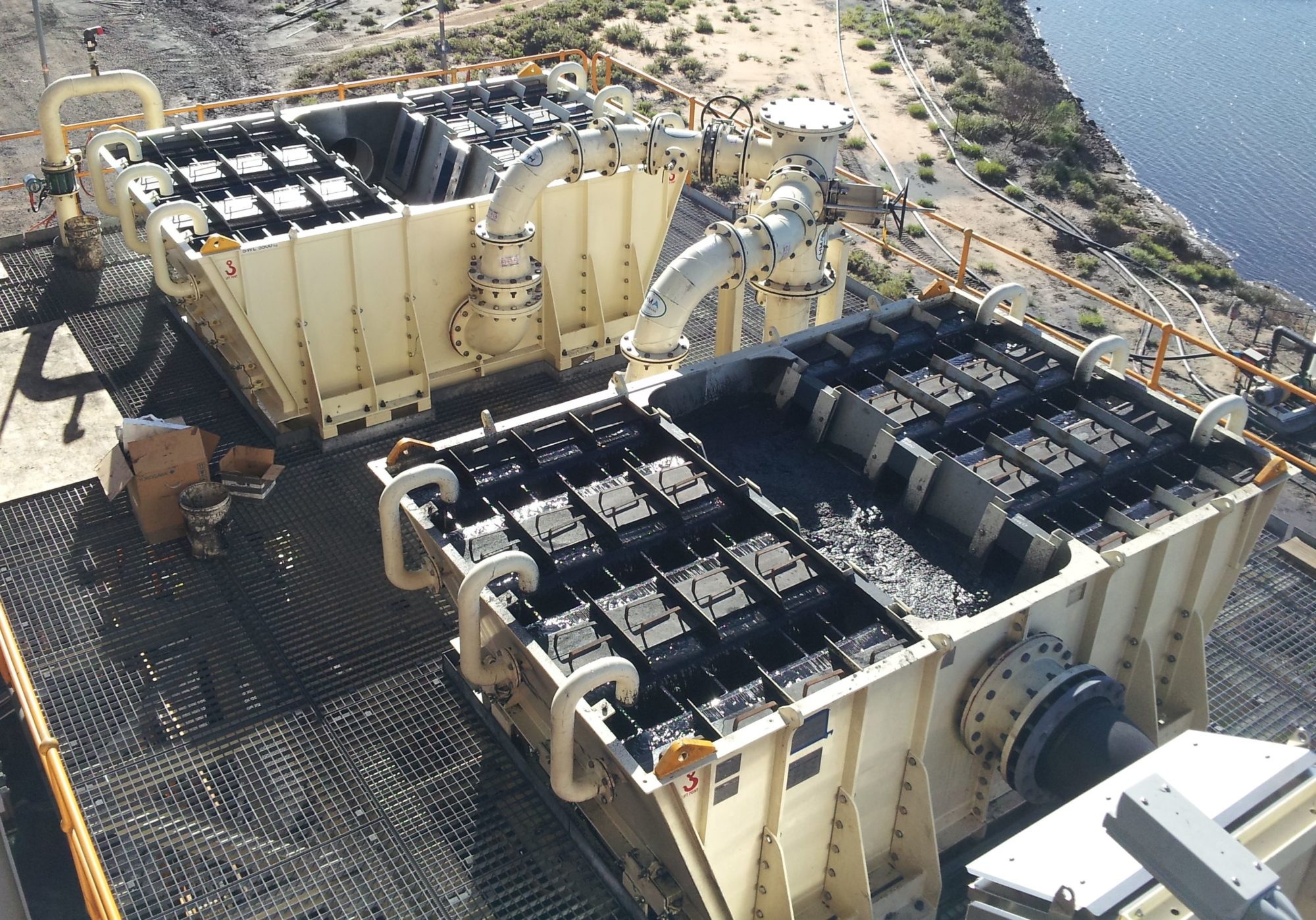FLSmidth has looked to spell out to the mining industry the benefits of its REFLUX™ Classifier (RC™) technology.
The RC is a slurry-based gravity separator designed specifically to upgrade fine minerals generally finer than 2 mm, the company says.
“The key design element is a system of lamella plates or inclined channels and the internal overflow launders. These are contained within the Lamella Settler – the top portion of the RC. The other two main components are an Autogenous Dense Medium Separator underneath the lamella chamber, and a Fluidised Bed Separator beneath that.”
Material from the process plant enters through the slurry inlet and passes over an internal over-size protection screen, removing any tramp or debris that may cause damage to the ceramic underflow valve.
Large, high-density solids quickly sink and settle in the mixing chamber in the middle section of the classifier, forming a fluidised bed of dense material. This bed is created by a series of water jets at the base of the mixing chamber and rejects any trapped lighter particles.
“Lighter and finer particles rise in the RC, through the autogenous zone to the lamella section,” FLSmidth says. “The autogenous section is created by fine suspended solids, and this zone helps convey lighter particles to the lamella section.”
This upper section contains the crucial sloping lamella channels, typically placed 6mm apart – although this distance can be reduced for finer materials. Low density particles rise up through these channels, driven by the upward water flow from the feed. The narrow sloping channels cause a parabolic flow pattern where the flow is fastest midway between the channel walls, the company says.
“The lightest particles are carried by the faster flow before they can settle and they overflow at the top of the channel. They fall into internal launders and are discharged from the RC. The higher density particles tend to slide back along the topside of the lamella channel, where the flow is slower. These particles slide down the slope, back to form the autogenous dense media zone,” FLSmidth says.
Pressure probes monitor the bed density and automatically control the underflow valve to optimise the bed level and density. The fluidised bed keeps particles in suspension and rejects the lighter material up out of the bed, while the denser particles sink and flow out through the underflow valve.
“The valve’s four-link system moves the plug vertically, which reduces wear and provides protection against splashing,” the company says.
In a recent innovation, a modular RC plant, FLSmidth selected the associated equipment – like pumps, screens, dewatering equipment and conveyors – for optimal performance. These modular plants are also automated, using advanced instrumentation and control equipment to keep operations consistent and recoveries high.











